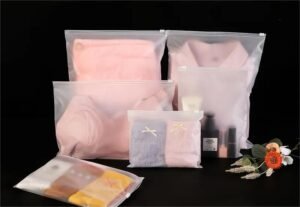In the dynamic world of garment production, the precision of documentation is paramount. Cut sheets and spec sheets stand at the forefront of this process, each playing a crucial role in transforming designs into tangible products. This comprehensive guide delves into the nuances of these essential tools, empowering designers and manufacturers to make informed decisions for optimal production outcomes.

Understanding Cut Sheets: Your Blueprint for Mass Production
Purpose and Application
- Core Function: Cut sheets, often referred to as cutting tickets, are pivotal in large-scale garment production. They serve as the blueprint for fabric cutting, detailing the layout, dimensions, and specific cutting instructions.
- Efficiency in Bulk Production: Ideal for mass production, these sheets streamline the process, ensuring uniformity and speed in garment assembly.
Key Elements of a Cut Sheet
- Fabric Specifications: Types, colors, and quality.
- Dimensional Details: Size charts and cutting patterns.
- Special Instructions: Unique cutting or handling requirements.
Exploring Spec Sheets: The Detailed Roadmap for Garment Construction
Comprehensive Overview
- Detailed Specifications: Spec sheets encompass every aspect of a garment’s construction – from fabric type to finishing details.
- Customization and Precision: They are indispensable for custom designs and small-scale productions, providing a detailed roadmap for manufacturers.
Elements of an Effective Spec Sheet
- Design Specifications: Detailed sketches, color schemes, and style references.
- Measurement and Sizing: Comprehensive size charts and fitting instructions.
- Material and Construction Details: Information on fabrics, trims, and stitching requirements.
Comparative Analysis: Cut Sheet vs Spec Sheet
- Focus: Cut sheets emphasize the cutting phase, while spec sheets provide an all-encompassing view of the garment’s construction.
- Detail Orientation: Cut sheets are less detailed, focusing on the practical aspects of production. Spec sheets, conversely, are detail-rich, covering all design and technical specifications.
- Scale of Production: Cut sheets are favored in large-scale, standardized productions. Spec sheets thrive in custom, small-scale manufacturing environments.
Choosing the Right Tool for Your Production
- Volume and Scale Considerations: For bulk manufacturing, cut sheets offer efficiency. In contrast, spec sheets are better suited for limited runs and custom designs.
- Design Complexity: Complex designs necessitate the thoroughness of a spec sheet.
- Collaboration Dynamics: Close collaboration with manufacturers often requires the detailed guidance provided by spec sheets.
Conclusion
The decision between a cut sheet and a spec sheet hinges on production scale, design complexity, and manufacturer collaboration. By choosing the right document, designers and manufacturers can ensure accuracy, efficiency, and quality in garment production.





